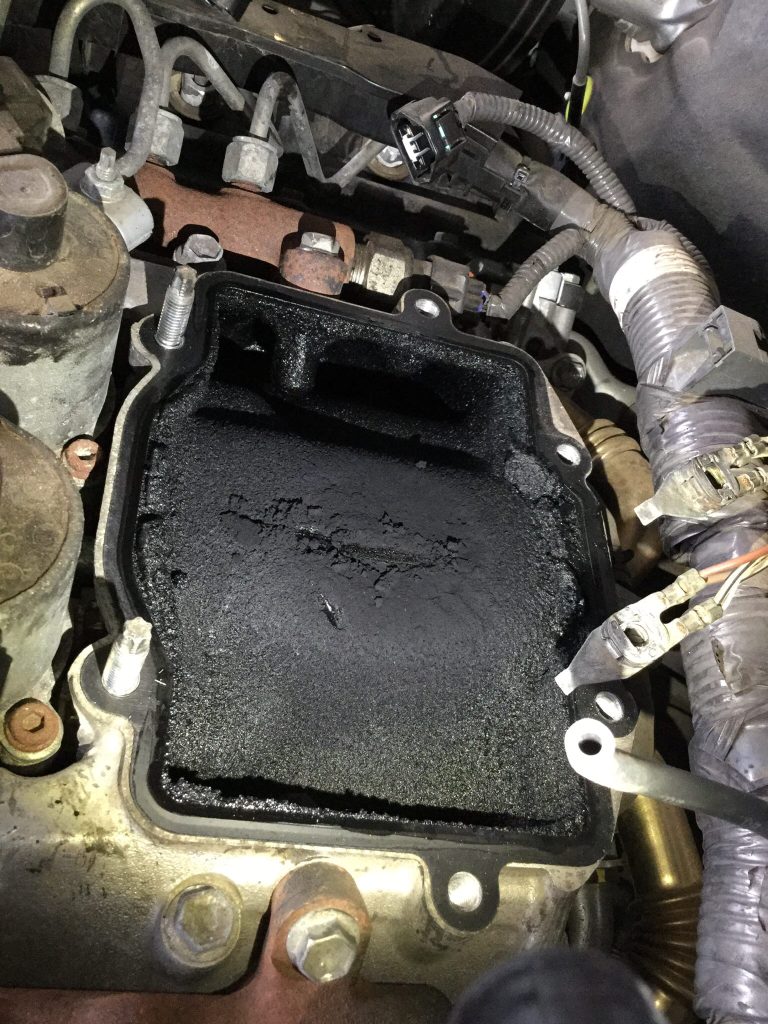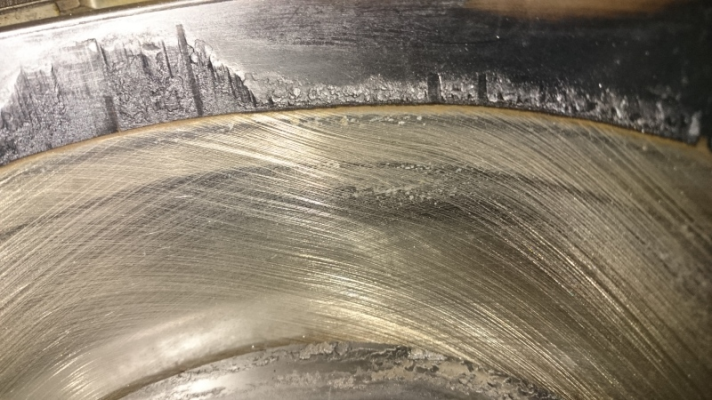It isn't. Reducing heat loss from the diesel combustion chamber is a goal decades old. Ditto the understanding that carbon adds thermal insulation.Well, this is certainly an unorthodox view........
Google failed you.This is the first entry on Google search (plenty more below it...):

What's the Difference Between ECM, TCM & PCM? | Just Autos
Knowing what these components are and what they do could potentially save you a lot of time and money. Find out what an ECM, TCM and PCM is here!www.justdieselperformance.com.au
"Carbon build-up is natural in any combustion engine – diesel or petrol. But, over time, this sooty material can thicken and put your engine at risk, causing that infamous dark smoke diesel engines are known to produce."
...
"Over time, this carbon build-up can cause all sorts of problems.... If left untreated, carbon build-up can eventually lead to engine failure."
As I pointed out before, I am not a qualified mechanic, I just go with what Mr Google says.
The only sentence worth printing in the entire piece is the one advocating 'quality' oil. The rest is sentence after sentence of vagueness verging on the vacuous. Banging on about 'failure' but not once explaining the mechanism. The truth is, the carbon vulnerability is in the top ring where if the temperature exceeds the limit of heat the oil in use can withstand before carbonising then carbon will form and impede on the ring's ability to seal and thus fail. The two controlling factors are the oxidation stability of the oil and the depth of the first land shielding the top ring from combustion heat. And SFA to do with cleanliness of the piston crown which, lacking an insulating layer will be more inclined to absorb combustion heat and it transfer to the ring belt - promoting - not diminishing - potential carbonisation of oil there.



